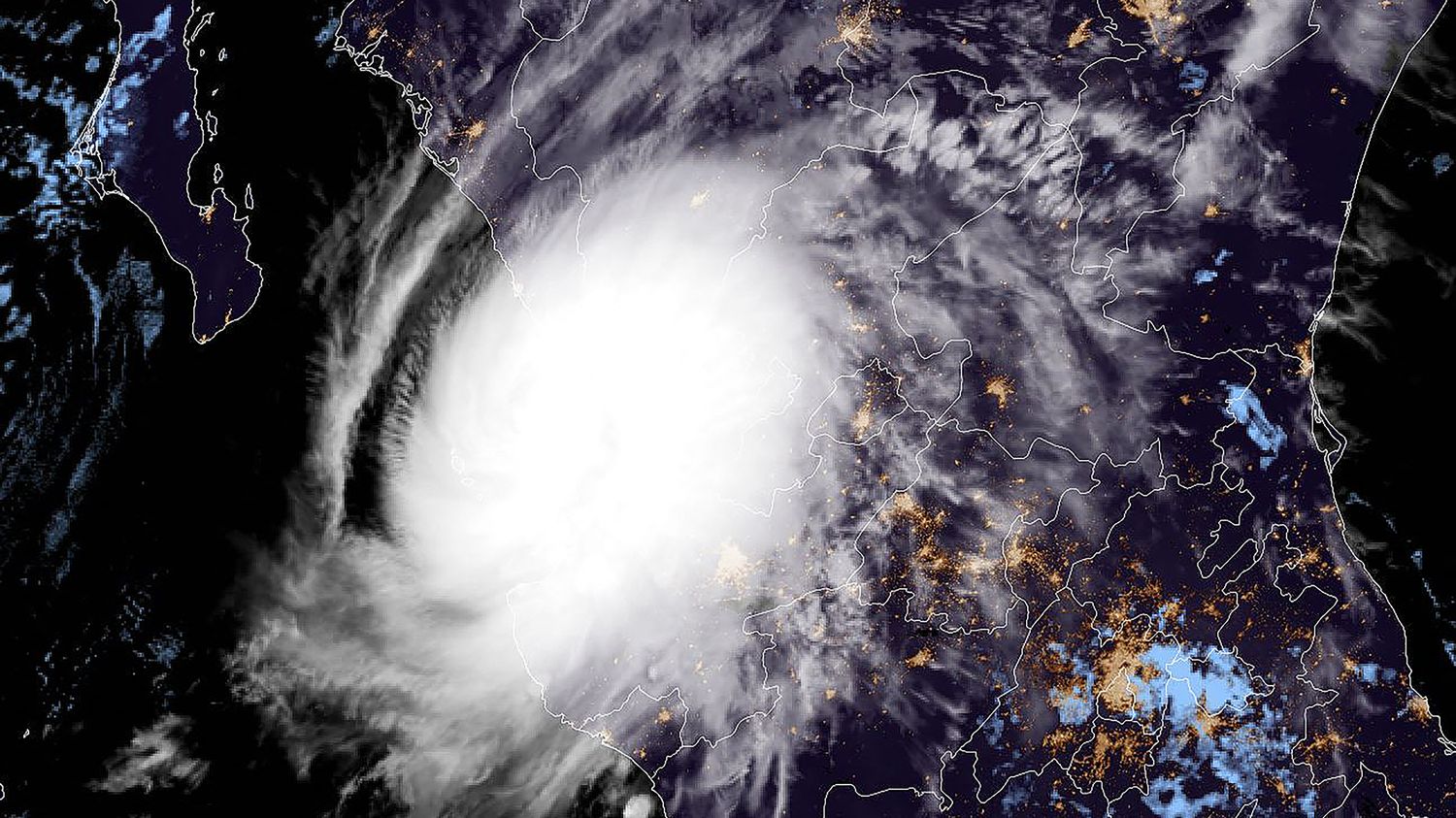A second rocket is to be launched within 15 days, which will carry two other satellites.
Article written by
Posted
Reading time : 1 min.

Two NASA satellites to observe the evolution of hurricanes took off from New Zealand on Monday, May 8, aboard a rocket from the American company Rocket Lab. The two devices, Cubesats, weigh around five kilos and will operate at an altitude of around 550 kilometres. A second rocket is to be launched within 15 days, which will carry two other satellites.
The mission, called TROPICS, will be able to pass every hour above hurricanes (or typhoons in the Pacific), against every six hours currently. These satellites will allow scientists to no longer “only to see what is happening at a given moment (…) but to really see how things evolve hour by hour”explained at a press conference Will McCarty, scientist at NASA.
“We will always need the big satellites, he added. But what we can take from this mission is additional information to that of the flagship satellites that we already have.” This information collected on precipitation, temperature and humidity can help improve weather forecasts, in particular where the hurricane will make landfall and at what intensity, and thus better prepare for possible evacuations of populations living on the coasts. In the longer term, better understanding the formation and evolution of these storms will improve climate models.
